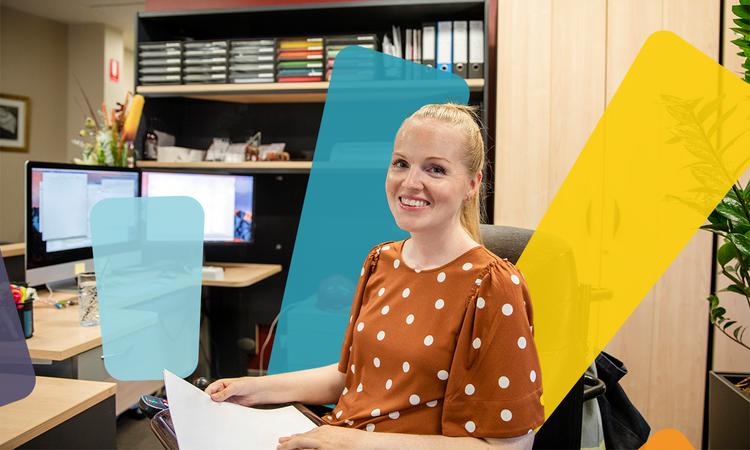
Over the past few decades, Australia’s domestic growth in the disability employment sector has taken great strides, but this sector, alongside the wider employment industry, faces challenging times.
In keeping with a shift in Australia and other countries around the world during and post-COVID, the community service sector is critical to managing the social and economic consequences of the pandemic.
The collaborative approaches and one-of-a-kind services Buyability provides to stakeholders to deliver social services continues to be integral to Australia’s economic and social development. Each year, supported employment saves governments billions of dollars and makes significant social and economic contributions to local communities.
Australia’s continued improvement in the disability employment sector for the 1 million Australians with disability - including those deemed neurodiverse, who are of working age - is encouraging.
According to the Australian Institute of Health and Welfare (AIHW), ‘53% of working-age people with disability are in the labour force, compared with 84% of people without disability’. Additionally, 59% of working-age people with disability who are not in the labour force are permanently unable to work.
Though there is an evident gap and Australia’s performance regarding the rate of employment for people with disability may seem discouraging at first, the levels of disability employment are higher than those of Europe(EU), with only 50.6 % of persons with disabilities being employed compared with 74.8 % of persons without disabilities.
This research outlined in a recently published article, The disability employment gap in European countries: What is the role of labour market policy?, examines the disability employment gap (DEG), and variation by country and gender, the influences of labour market policies, social investment perspectives and welfare scepticism perspectives.
There is a lot of work to do internationally in the disability sector, but it’s pleasing to see that outlooks are more positive on the domestic front.
Australia’s proactive response to improving the Supported Employment Sector has been encouraging. Late last year, The National Disability Position Paper proposed the development of an Engagement Plan to show the government’s commitment toward involving people with disability in implementing the new Strategy. Feedback on the position paper strongly supported the development of an engagement plan which has now been implemented. This engagement plan , The 2021 Industry Vision for the Supported Employment Sector, provides a strong framework and tangible goals to ensure the sector’s future.
The implementation of this Industry Vision assists BuyAbility Social Enterprises to achieve a series of objectives, resulting in a more robust industry and a sector supported with a solid foundation to build upon, and clear pathways for the government to support the sector through the transition period, to minimise service closures and job losses.
It is certainly encouraging to observe that Australia is moving in the right direction regarding employing people with disability, and the supported employment services sector continues to thrive, creating more work opportunities for people with disability and boosting Australia’s economy.